Titrations refer to a wide range of chemistry analyses in which an aqueous titrant solution is added to a sample in small amounts to react with a target species in a sample. The reaction is monitored either with a visual color indicator or with a potentiometric electrode measurement, and the titrant is added until the reaction reaches an endpoint in which all the species being measured have reacted with the titrant. The volume of titrant used to reach this endpoint is then used in calculations to determine a result.
MANTECH Pro software provides easy options for analyzing titrations, and allows for endpoints to be calculated either by inflection points, or by set pH or mV values. MANTECH can also perform both types of endpoint detection on the same titration curve!
For inflection-based endpoints, the software analyzes both the first and second derivative of the titration curve. The first derivative tracks the rate of change as the titration proceeds, for example the change in pH units per mL of injected titrant, and the second derivative tracks the rate of change of the first derivative. As a titration starts, typically there is less change in reading per volume injected, but as the titration proceeds towards an endpoint, the rate of change increases. The first derivative increases, and the second derivative has a positive value. Once an endpoint is reached, the reading reaches a maximum rate of change, and the first derivative reaches a peak while the second derivative switches from a positive to a negative value. At this point, the software records an endpoint. The titration may then stop, or continue, depending if there is one or several endpoints to detect. This depends on the chemistry method being performed. MANTECH Pro software allows for user-friendly adjustment of endpoint detection settings, to ensure that no matter what sample or concentration is being measured, a robust and accurate result will be attained.
For set-pH or set-mV endpoints, the software determines the exact volume on the titration curve that corresponds with a target pH or mV reading from an electrode. There does not need to be a measurement at that exact reading, as the software uses extrapolation to calculate the precise volume if it is between two points on the titration curve. Users can set any number of set pH or set mV endpoints to be determined from every titration curve. For example, one MANTECH end user has the following list of set-pH endpoints it calculates results for every time it runs an alkalinity analysis:
Below are some examples of Titration methods supported by MANTECH:
Alkalinity – x2 Set pH Endpoints
Hardness (Total, Calcium, Magnesium) – x2 Inflection Endpoints
Chloride – x1 Inflection Endpoint

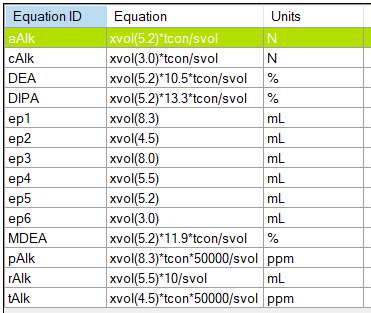
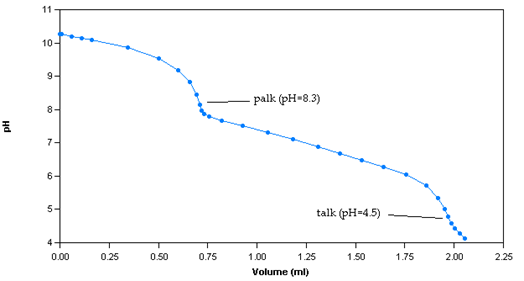

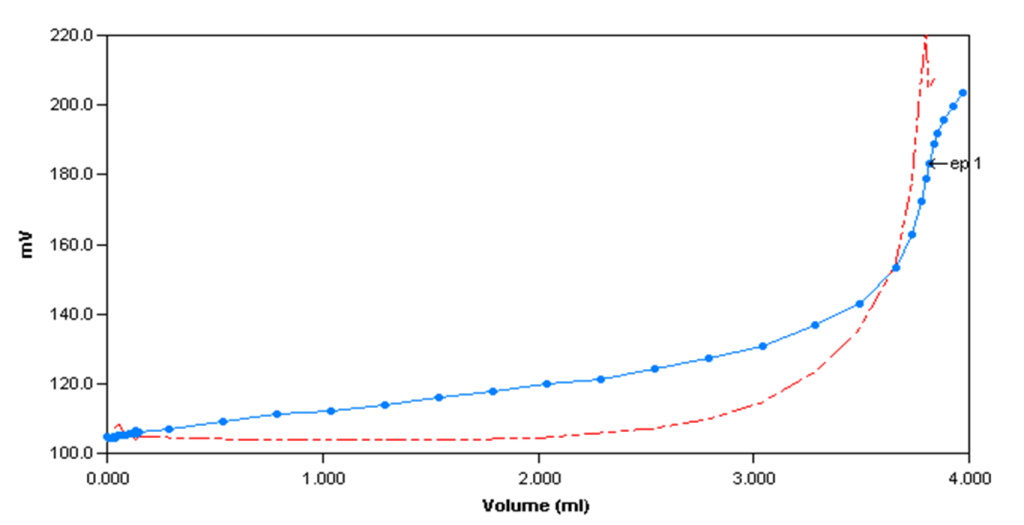

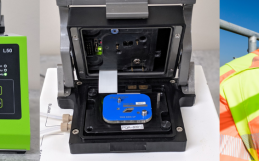


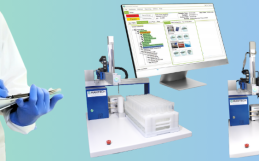


How does Mantech run alkalinity with sulfuric acid titrant with the Standard Methods limit on low alkalinity evaluation (a decision tree where if total alk is <20ppm then examine titration plot from TALK pH ie 4.5 down 0.3pH say pH4.2 and now TALK(low) is calculated.
Hi Allen,
Thank you for your question! We run the alkalinity titration down to pH 4.2. Then, the alkalinity will be calculated initially with the titrant volume recorded at pH 4.5, and will recalculate if that initial result is less than 20ppm.